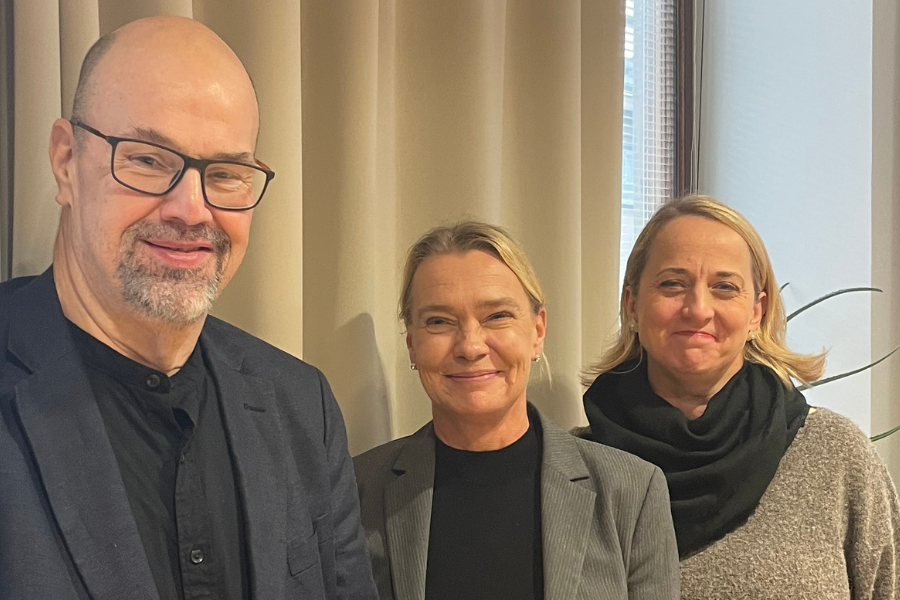
IFC 2025 masterclass programme offers intensive sessions addressing sector’s most pressing needs
March 20, 2025
No more letters from Danish post service: implications for charities
April 2, 2025The Nordic Donor Survey 2025 has been released, looking at habits and attitudes towards donating in four Nordic countries: Denmark, Finland, Norway, and Sweden.
The study is based on a sample size of 1,000 people aged 18+ from each country, and covers: donor behaviour, ways of participating with charities, channels used, and future giving.
The survey, carried out for the second year in a row, was commissioned by Giva Sverige (Sweden), ISOBRO (Denmark), VaLa (Finland) and Fundraising Norway.
Donation frequency
Across all four countries, Denmark remains the most generous country in the region with 67% of people donating at least occasionally: an increase from 61% in 2024. Danish nonprofits also seem to be reaching new target groups with an increase in giving among men and individuals aged 30-39 and 60+, and more men (69%) than women (65%) now donating at least occasionally. In 2024 58% of men said they gave at least occasionally, compared to 64% of women.
In Norway, where 66% donate at least occasionally, the study indicates a greater age difference in donation frequency compared to other Nordic countries, with older donors (aged 60+) more likely to give on a regular basis at 81% of this age group (up from 64% in 2024), compared to 65% of both 40-49-year-olds and 50-59-year-olds (up from 54% and 60% respectively last year).
Over in Sweden (where 64% give at least occasionally), the study indicates that an improved economy has resulted in more giving among some donor groups. More women (67%) in the country now give than men (60%), although both have risen since last year, from 57% and 55% respectively. Giving has also risen across all age groups, except the youngest (18-29), and is highest among Swedes aged 60+ at 74% of this age group. The Nordic Donor Survey broadly confirms the results from Giva Sverige’s latest survey on giving in Sweden, which also showed giving was on the up.
Mårten Palmefors, senior analyst, Giva Sverige, says:
“A better economy will have the greatest impact on groups living on the margins, which includes many pensioners, for example. We already know that the willingness to donate is high at that age, and it is clear that when the economy has swung in a more positive direction, many older people return to giving gifts again.”
In Finland, where 50% donate at least occasionally (up from 42% in 20240, there is also difference in generosity between men and women, with 43% of men saying they donate at least occasionally compared to 57% of women. Giving has risen more among women than men – in 2024, 44% of women said they gave, compared to 40% of men. Giving has also risen significantly among some age groups: in 2024, 39% of 30-39-year-olds, and 46% of people aged 60+ gave at least occasionally. This year, rates have risen to 50% and 61% respectively.
Instead of donating money, Finns are slightly more active than other Nordic countries in participating in charity in other ways, such as donating clothes or goods or doing volunteer work (15% vs. 9–14%).
Pia Tornikoski, Secretary General of Finland’s VaLa ry comments:
“Although we are quite far behind other Nordic countries in terms of donation results, the desire to participate in charity is also high here.
She adds:
“The differences with our neighbouring countries can be explained, for example, by the general economic situation, donation traditions, and legislative differences. Finns have fewer opportunities to deduct donation amounts in taxes than in other countries. I am glad that Finland is also currently investigating the expansion of the current tax deduction practice. State support would be a good incentive to promote our donation culture.”
Most popular methods of support
The study also asked people how they support good causes. Donating clothes or goods was popular across all four countries, as was buying an organization’s product or raffle.
Top 3 activities per country
- Norway: 1. giving donations of clothes or products (32%); 2. buying an organization’s product or raffle (32%); 3. Supporting as a monthly donor or sponsor (27%).
- Finland: 1. giving donations of clothes or products (28%); 2. buying an organization’s product or raffle (17%); 3. making a donation to an organization’s bank account (16%).
- Sweden: 1. giving donations of clothes or products (37%); 2. buying an organization’s product or raffle (34%); 3. making a donation via mobile payment (22%).
- Denmark: 1. giving donations of clothes or products (29%); 2. buying an organization’s product or raffle (24%); 3. supporting as a monthly donor or sponsor (26%)
Most common causes
The most common cause across all four countries was humanitarian aid and disasters, which rose 4% year on year, to 30% of respondents.
Helping the most disadvantaged was the second most commonly supported cause (26%), followed by helping the most vulnerable in developing countries (18%).
Other causes that saw growth were development of health-promoting methods and methods for treating diseases – up 4% to 17% of respondents; and exercise and sports – up 5% to 14% of respondents. 11% said they had supported environmental and nature protection nonprofits.
In a blog on the results, Fundraising Norway general secretary Siri Nodland comments:
“Norwegians have increasingly prioritized giving to humanitarian disasters, national and domestic causes, and international aid. Support for humanitarian disasters has grown from 29% in 2024 to 37% in 2025, and support for national and domestic causes has increased from 18% to 24%. We also see a clear shift towards prioritizing safety and rescue operations, while interest in animal welfare has declined significantly.”
Read the full report summary here, along with more information on the findings for Denmark, Finland, Norway, and Sweden.




